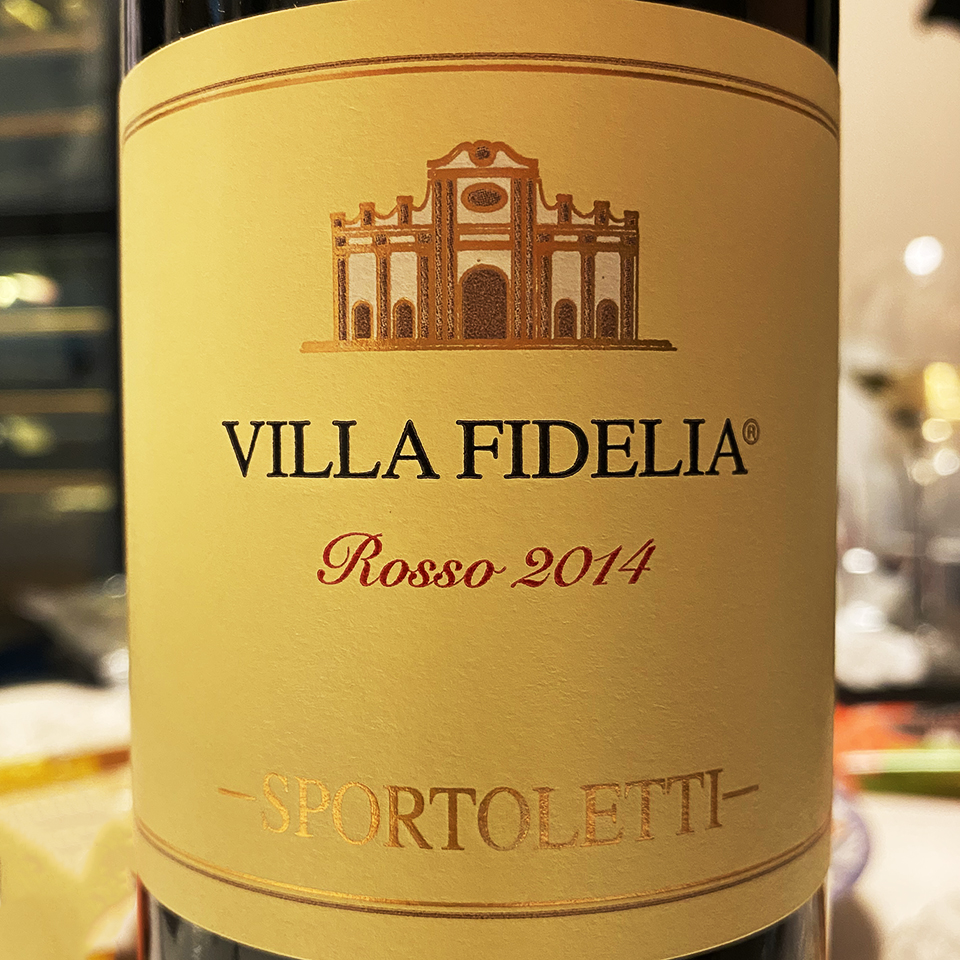

If you need a place to store your wine, you're in the right place, with our all-inclusive, simple, and digitalised solution. Not enough time? Not sure how to navigate thousands of wines to pick out the right ones? Our wine consultants are here to help you put together your own bespoke cellar. It's our way to thank you for your trusting us. IGP Vaucluse LQLC Cabernet Sauvignon Les Gnouquettes 2013 at 09:35:50 pm | Paris time €13Īt every stage of your experience on our site, iDealwine is delighted to offer you a great selection of benefits. Médoc Bessan Segur Cru Bourgeois 2013 at 09:36:24 pm | Paris time €13 Médoc Bessan Segur Cru Bourgeois 2013 at 09:36:55 pm | Paris time €13 Médoc Bessan Segur Cru Bourgeois 2013 at 09:37:29 pm | Paris time €13 Médoc Chateau Heritage de Blaignan 2012 at 09:38:10 pm | Paris time €13 Médoc Château Tour Saint Vincent 2012 at 09:38:50 pm | Paris time €4 12:00 | Scotch Whisky - Blend & Blended Malt.Gamay, Cabernet Sauvignon, Merlot and Canaiolo are also grown. Sagrantino accounts for only about 250 acres of Umbria’s vineyards, and it grows nowhere else in Italy, one reason why Sagrantino has become something of a cult wine. But the unique red grape of Umbria is Sagrantino, a deep, dark grape that makes tannic, spicy wines. Sangiovese is the dominant red grape, and it is used for blending. With the rise of the Lungarotti winery and several others, however, distinctive red wines have also become part of the Umbrian wine portfolio. Orvieto blends often include the regional grapes Grechetto and Verdello, and may also include Trebbiano and Drupeggio.

Until the last decade or two, the white wines of Orvieto were Umbria’s best-known wines. Umbria is now the sixth largest of Italy’s 20 regions in the quantity t of DOC wines produced. Today there are two DOCGs and ten DOCs in Umbria, and 30% of the 41,000 vineyard acres are in classified appellations. In 1968 the area was awarded its first DOC appellation. A rich agricultural area famous for olive oil, grains and black truffles, commercial winemaking was not a priority until the mid-20th century, when Giorgio Lungarotti slowly turned his family’s long-held estate from a general agricultural enterprise to commercial vineyards and a winery. Umbria is a relatively small region tucked up against the eastern edge of Tuscany and the Marche’s western border.


 0 kommentar(er)
0 kommentar(er)
